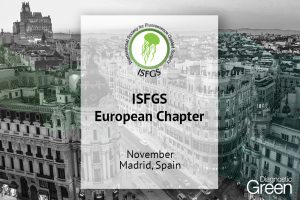Background: The advent of minimally invasive techniques has revolutionized liver surgery, with improvement in postoperative outcomes while maintaining oncological efficacy. Achieving tumor-negative resection margins remains critical for optimal oncological outcomes. Considering the adversity of tactile feedback in minimally invasive surgery complicating margin assessment, this study evaluated the efficacy of near-infrared indocyanine green fluorescence imaging in real-time surgical margin delineation during the hepatic resection.
Methods: This is a single-centered, prospective, descriptive study conducted between 15th March 2022 and 15th March 2024 as per the revised STROBE guidelines. Patients were enrolled by convenient sampling and received 0.5 mg/kg of indocyanine green one day before surgery intravenously. During surgery, near infrared-indocyanine green imaging was recorded and utilized to assess the surgical margins along with the white light as well. The findings were compared and confirmed with the final histopathology report.
Results: A total number of 21 patients were included in this study who underwent laparoscopic liver resection. Majority of cases were of colorectal liver metastasis (90%), and most of them were located at segment 4 (80%). Participants had a normal preoperative liver status with a median tumor size of 28 mm and a median number of 1.2. Indocyanine green fluorescence successfully delineated resection margins in all cases, and final histopathological assessment confirmed R0 resection status. No adverse reactions to the indocyanine green were reported.
Conclusions: Near infrared-indocyanine green provided significant benefit regarding R0 resection in all cases confirmed with histopathology results for the intra-operative identification and demarcation of margins during laparoscopic hepatic resection.




